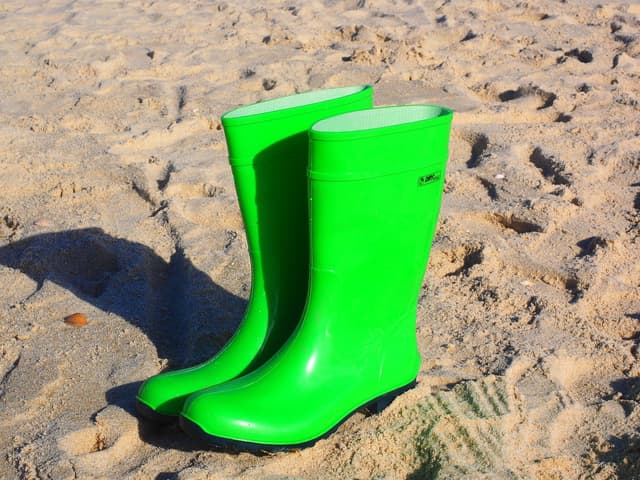Starter quiz
- Which of these are plants?
 daffodil ✓
daffodil ✓ oak tree ✓
oak tree ✓ green wellingtons
green wellingtons pea pod ✓
pea pod ✓
 What do all plants have in common?
What do all plants have in common?- They are living things. ✓
- They are all human-made.
- They all grow. ✓
- They can all talk.
- They are all green.
-
 Match the parts of the plant to its function.
Match the parts of the plant to its function.- leaf⇔makes food for the plant ✓
- root⇔takes up water and nutrients from the soil and anchors the plant ✓
- stem⇔carries water and nutrients to different parts of the plant ✓
- flower⇔attracts pollinating insects ✓
 Which of these are observable characteristics?
Which of these are observable characteristics?- hair colour ✓
- habitat
- height ✓
- name
-
 Why might a scientist use this type of diagram ?
Why might a scientist use this type of diagram ?- To make a plan.
- To make a prediction.
- To show objects that have features in common. ✓
-
 What is the name of this type of diagram?
What is the name of this type of diagram?- Venn ✓
- line graph
- pictogram
- Carroll
-
Exit quiz
 Which of these are features of some plants?
Which of these are features of some plants?- leaves ✓
- ears
- flowers ✓
- roots ✓
- skin
-
 Which of the plants listed could be added to the group of plants that are trees?
Which of the plants listed could be added to the group of plants that are trees?- daisy plant
- moss
- oak ✓
- giant redwood ✓
-
 Which of these are observable characteristics of plants with flowers?
Which of these are observable characteristics of plants with flowers?- where it grows
- colour of its petals ✓
- what it is called
- the shape of its leaves ✓
- the shape of its petals ✓
-
 When scientists group plants based on their similarities and differences it is called ______.
When scientists group plants based on their similarities and differences it is called ______.- 'classification' ✓
- Match the description of the plant groups to its correct observable characteristic.
- colour⇔All the flowers in this group are red. ✓
- structure⇔All the plants in this group have thorns. ✓
- shape⇔All the leaves in this group have rounded lobes. ✓
- size⇔All the plants in this group are very small. ✓
 In which group would moss, ferns and conifers be classified?
In which group would moss, ferns and conifers be classified?- tall
- flowering
- deciduous
- non-flowering ✓
-
Worksheet
Loading worksheet ...
Presentation
Loading presentation ...
Video
Lesson Details
Key learning points
- Many plants have similar features that allow us to sort them into groups.
- Plants can be grouped by their observable characteristics.
- Observable characteristics can include information about colour, size, shape and structure.
- The process of grouping plants based on their similarities and differences is called classification.
- Plants can be classified into categories such as flowering plants and non-flowering plants.
Common misconception
Pupils may believe that all plants are green and have flowers.
Clarify with a range of examples that some plants have flowers and some don't. Discuss with the pupils if they think even flowering plants will always have a flower on them all year round.
Keywords
Observe - To observe is to look very closely and use other senses too.
Groups - We put similar things together in groups.
Observable characteristics - An observable characteristic is a feature of a living thing that we can see or describe using our senses. We can use these to help identify it.
Classify - To classify is to sort objects into groups based on their similarities and differences.
+